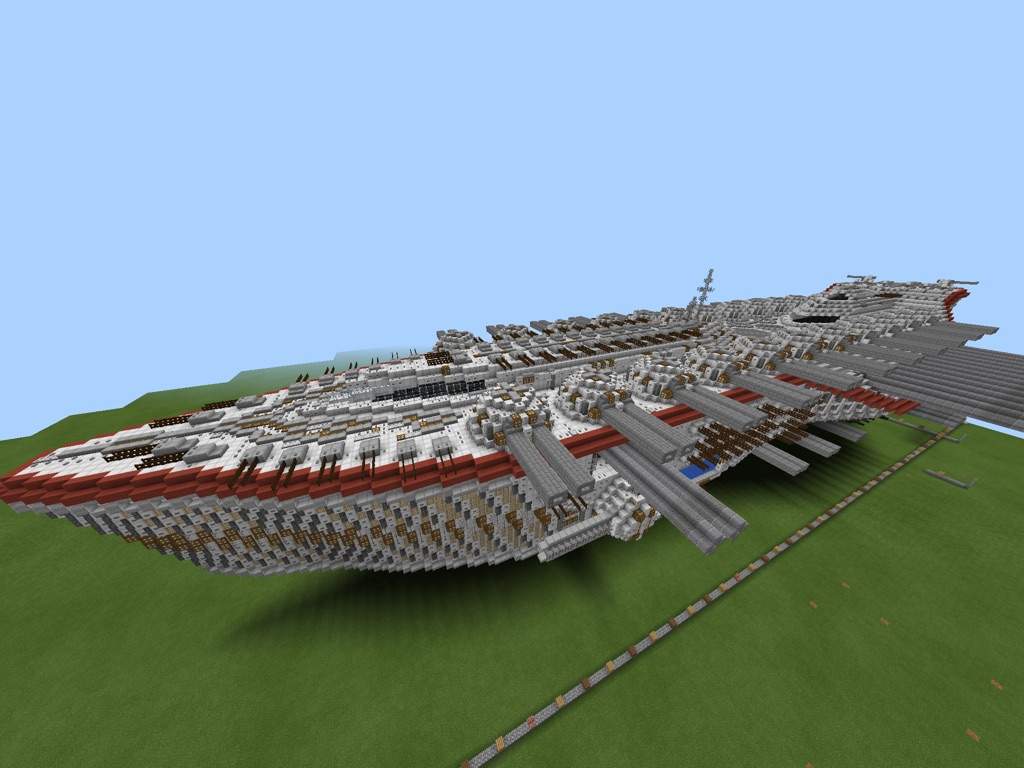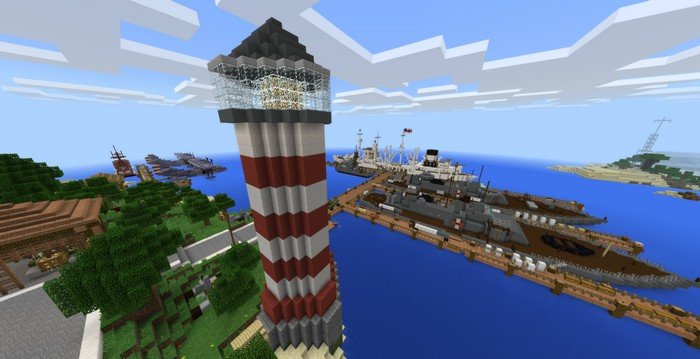

They have respectable blast resistance, while being plentiful. Both dirt and sand walls are frequently used to surround "first night" shelters.Ĭobblestone and stone are the preferred materials for established miners. While dirt does not resist explosions well, it is suitable for most purposes. Walls made in desert biomes may also be made of sand or sandstone. Cactus can also damage mobs, so placing it is an effective defense.Ĭobblestone and dirt are the most common materials for making walls, due to their abundance and ease of obtaining.
Ditches or moats can be added on the inside or outside of the wall as an extra barrier. Torches will prevent unwanted mobs from spawning near a player's wall, and provide a source of light. Torches should be added to the top or sides of the wall, unless low visibility is desired (for example, to reduce the chance of other players noticing a camouflaged wall on a multiplayer server). (consider making it out of glass or another clear block so zombies and skeletons cannot use it to take cover from the sun). Add an extension around the outside to defend against spiders. These are simple to make, just make sure to: They can be constructed of just about any material, with varying advantages and disadvantages. Walls are simple vertical barriers and are the most common means of stopping mobs from entering an area. 
Likewise, a wall is an obstacle to a creeper, but is only a delayer to a spider (and not a very effective one at that).

It is important to note that each mob type will treat each defense differently for example, a ring of burning netherrack does damage to most mobs, but is not at all effective against zombie pigmen. A damaging delayer could be a moat of lava while a damaging obstacle could be a wall of cacti. If additional status effects are added (for example, if the player can create a block, which poisons anything that moves over it, these would also fall into this category. Currently, damagers either inflict direct hit point damage on a mob, or set them on fire. They might also do neither, letting the mob through without a reduction in speed, but hitting them for damage as they pass.
Damagers cause harm to an enemy, in addition to just stopping or slowing them down. The quintessential obstacle is a wall a zombie cannot move past a wall without somehow creating a breach or slipping in through an unclosed door. Obstacles are structures that mobs cannot move past without somehow overcoming them. Mobs avoid walking on honey blocks and prevent entities from jumping. Soul sand, slime blocks and honey blocks are also delayers because it reduces the movement speed of anything moving on it, including mobs. A ring of torches is a delayer because it increases the distance mobs must spawn from the structure (and player), thus increasing the time it takes for them to reach the next layer of defense. Delayers slow down the progress of an enemy inwards. Passive defenses generally fall into one or more categories, sorted by their impact on an aggressive force. The following sections discuss various types of passive defenses, their construction, maintenance, and applicability. The most common example is walls - they do not have to sense a mob coming or sense its position to prevent it from entering a walled off area. Passive defenses prevent hostile mobs from entering the protected area without any input or sensory devices. 7.6 Auto-Refilling Arrow Rapidfire Dispenser. If you have to press 2 buttons and destroy a block to activate it, it is too complicated. A good defense must be safe and easy to use. Ease of use - The best defense in the world is useless, if it kills the owner or friends. walls) or by renewing themselves automatically Sustainability - Defenses should work regardless of player input and, ideally can protect an area indefinitely, either by never degrading in the first place (e.g. Light - A regular system of lighting with torches, fire, or death is needed to prevent hostile mobs from spawning within the protected area. Coverage - All defenses need to completely defend the protected area or defense, so that mobs entering from any side or angle and of any type will not break through. As such, integral to all Minecraft defense systems: 
Some of the best defense measures are those that prevent hostile mobs from spawning entirely or at least prevent hostile mobs from ever getting close to the protected area or defense mechanism.







 0 kommentar(er)
0 kommentar(er)
